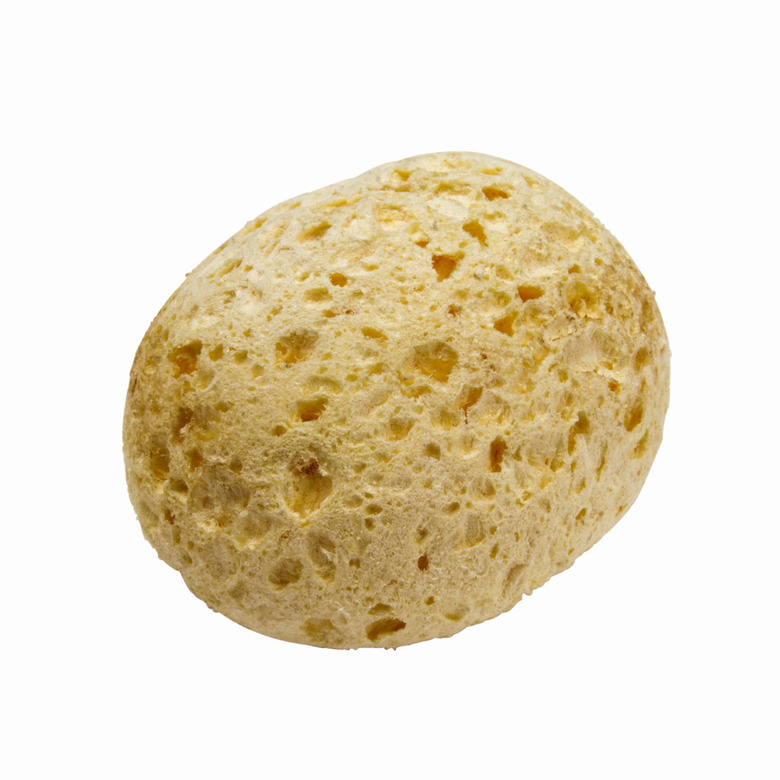How To Make A Rock Float In Water
Common knowledge holds that rocks sink in water rather than float. The reason for this consistent characteristic involves scientific principles such as volume, buoyancy and density. Rocks are generally denser than water, and that difference in density makes it categorically impossible to be buoyant. Nevertheless, the natural world features several exceptions to these ideas. Those determined to see a rock float should investigate both different types of stones and ways to manipulate the water.
Step 1
Locate pumice. This volcanic rock is widely known as the only rock to float in water. Its buoyancy comes from its porousness; it forms when lava and water mix, which causes a rapid change in the material's pressure. As it hardens, gases dissolve into the lava and leave behind small air pockets in the pumice's structure.
Step 2
Experiment with scoria. This is another rock formed from a volcanic eruption. It is generally denser than pumice and sinks with ease. However, the occasional scoria rock may float for a short period of time. This rare scoria will have air pockets that are larger than those in pumice stones, potentially big enough to compensate for the stone's weight.
Step 3
Increase the water's density by freezing the water; as water gets colder, its density escalates. You can easily place a rock on top of ice, which is definitely water, and observe that it does not sink.
Alternatively, add salt to water. It can take some time to figure out exactly how much salt will be needed to increase density enough for a rock to float.
Things Needed
- Pumice
- Scoria
- Salt
Cite This Article
MLA
Norman, Jeffrey. "How To Make A Rock Float In Water" sciencing.com, https://www.sciencing.com/make-rock-float-water-11415152/. 24 April 2017.
APA
Norman, Jeffrey. (2017, April 24). How To Make A Rock Float In Water. sciencing.com. Retrieved from https://www.sciencing.com/make-rock-float-water-11415152/
Chicago
Norman, Jeffrey. How To Make A Rock Float In Water last modified March 24, 2022. https://www.sciencing.com/make-rock-float-water-11415152/
